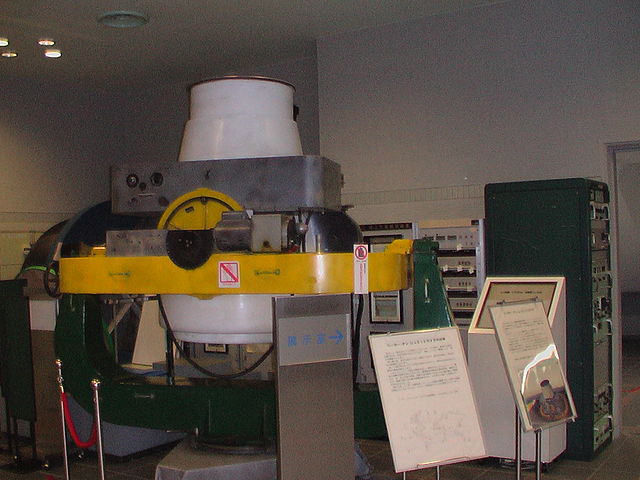An equatorial mount is a mount for instruments that compensates for Earth's rotation by having one rotational axis, called polar axis, parallel to the Earth's axis of rotation. This type of mount is used for astronomical telescopes and cameras. The advantage of an equatorial mount lies in its ability to allow the instrument attached to it to stay fixed on any celestial object with diurnal motion by driving one axis at a constant speed. Such an arrangement is called a sidereal drive or clock drive. Equatorial mounts achieve this by aligning their rotational axis with the Earth, a process known as polar alignment.
A large German equatorial mount on the Forststernwarte Jena 50cm Cassegrain reflector telescope.
German equatorial mount
Open fork mount
English mount on the Hooker telescope
A telescope mount is a mechanical structure which supports a telescope. Telescope mounts are designed to support the mass of the telescope and allow for accurate pointing of the instrument. Many sorts of mounts have been developed over the years, with the majority of effort being put into systems that can track the motion of the fixed stars as the Earth rotates.
1 meter Zeiss telescope at Merate Astronomical Observatory, Merate (LC), Italy. (South support)
William Herschel's 49-inch (1,200 mm) 40-foot telescope on an altazimuth mount.
A Baker-Nunn satellite-tracking camera on an altitude-altitude-azimuth mount.
Equatorial mount (Stützmontierung) devised by Alfred Jensch








